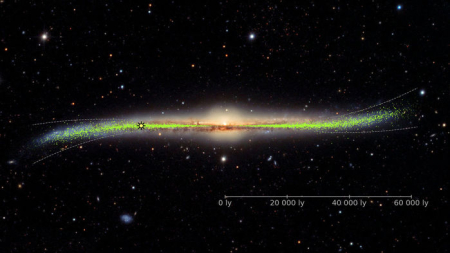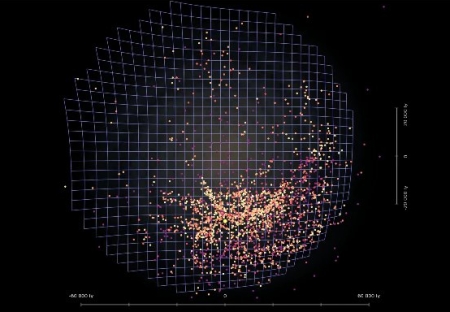Chinese test microsat deorbits and crashes into Moon
The new colonial movement: A Chinese tiny smallsat, sent to lunar orbit to test the technology of such microsats, has been deorbited and allowed to crash into the far side of the Moon.
The micro satellite crashed into a predetermined area on the far side of the Moon at 10:20 p.m. on July 31 (Beijing Time), the center said Friday.
Weighing 47 kg, Longjiang-2 was sent into space on May 21, 2018, together with the Chang’e-4 lunar probe’s relay satellite “Queqiao,” and entered the lunar orbit four days later. It operated in orbit for 437 days, exceeding its one-year designed lifespan.
The development of the micro lunar orbiter explores a new low-cost mode of deep space exploration, said the center. The micro satellite carried an ultra-long-wave detector, developed by the National Space Science Center of the Chinese Academy of Sciences, aiming to conduct radio astronomical observation and study solar radiation.
China might be stealing a lot of the space technology it is using to make it a major space power, but it is also doing a fine job of refining and improving that technology. Its capability to do practically anything in space as well if not better than anyone else continues to grow.
And with their government using its space effort as a management test for determining the best individuals to promote into the government’s power structure, do not expect their space effort to wane anytime in the near future.
The new colonial movement: A Chinese tiny smallsat, sent to lunar orbit to test the technology of such microsats, has been deorbited and allowed to crash into the far side of the Moon.
The micro satellite crashed into a predetermined area on the far side of the Moon at 10:20 p.m. on July 31 (Beijing Time), the center said Friday.
Weighing 47 kg, Longjiang-2 was sent into space on May 21, 2018, together with the Chang’e-4 lunar probe’s relay satellite “Queqiao,” and entered the lunar orbit four days later. It operated in orbit for 437 days, exceeding its one-year designed lifespan.
The development of the micro lunar orbiter explores a new low-cost mode of deep space exploration, said the center. The micro satellite carried an ultra-long-wave detector, developed by the National Space Science Center of the Chinese Academy of Sciences, aiming to conduct radio astronomical observation and study solar radiation.
China might be stealing a lot of the space technology it is using to make it a major space power, but it is also doing a fine job of refining and improving that technology. Its capability to do practically anything in space as well if not better than anyone else continues to grow.
And with their government using its space effort as a management test for determining the best individuals to promote into the government’s power structure, do not expect their space effort to wane anytime in the near future.





